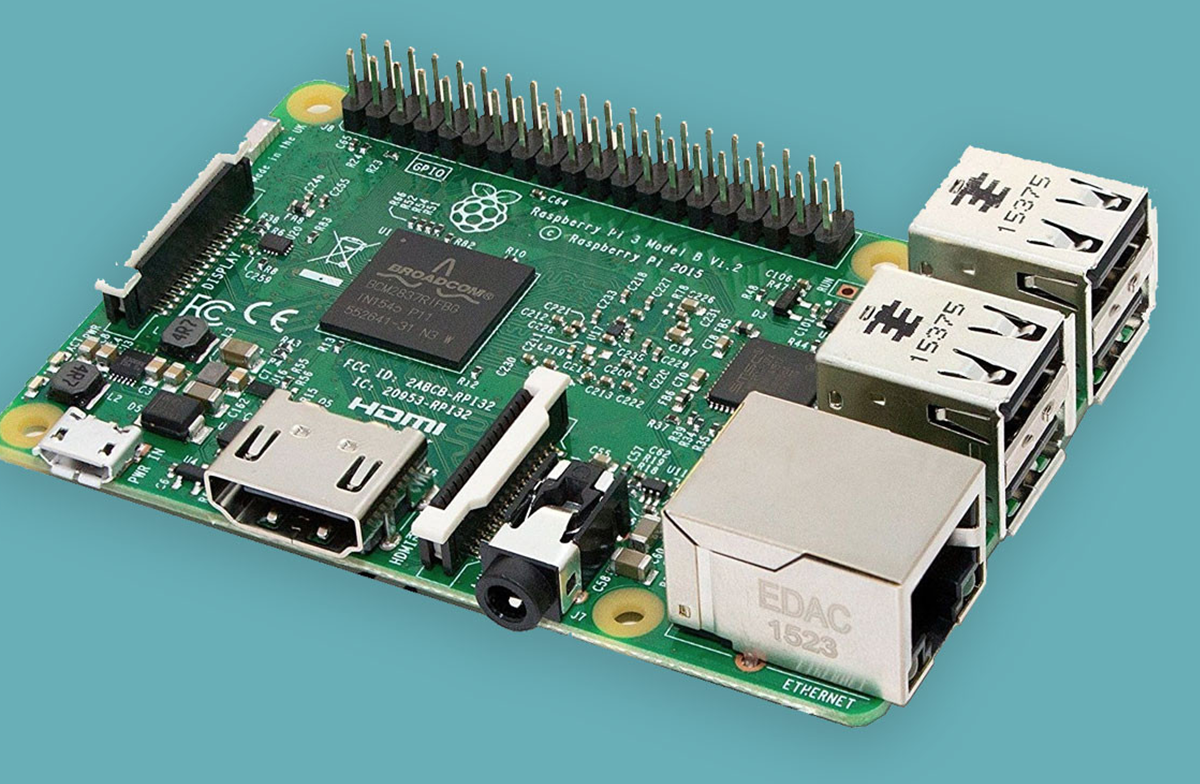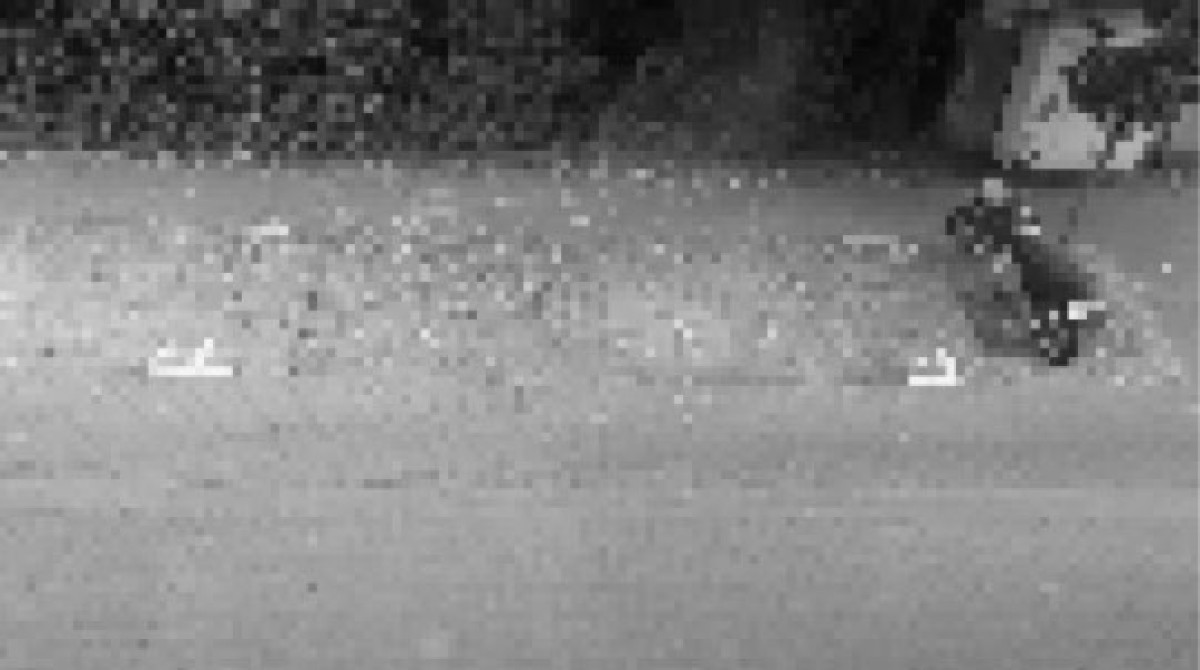Telraam & Privacy
privacy • Written by Wouter Florizoone on 26 October 2021

Because privacy is very important to many Telraam users and to ourselves, great attention is paid to privacy within the entire Telraam "ecosystem". Camera technology can also fully protect privacy, provided it is well thought-out and communicated openly.
What exactly is Telraam? The aim of Telraam is to give everyone the means to carry out their own traffic counts and to make the results of those counts public. Traffic counts serve a societal purpose: identifying bottlenecks and/or evaluating whether an intervention, such as one-way traffic or a cut-off, is having the intended effect. A sound, well-founded mobility policy thus stands or falls with traffic counts.
Currently, traffic counts are (mostly) commissioned by local authorities and the data are (mostly) not easily accessible to the public. We believe that traffic count data should be easily and transparently accessible to everyone. We are happy to have been able to convince more than 30 local governments of this vision in the last year. On behalf of cities and towns, we are now organizing public traffic counts with Telraam. We do this together with engaged citizens.
We use a "dumb" camera for this. That may not sound as sexy as a smart camera, but it's true. The Telraam device is a simple micro-computer with limited capacity. It is this limited capacity that ensures the Telraam can only do what we want it to do: count traffic. It is impossible to simultaneously view live images and count traffic with this device. The live images can only be seen while installing the device. It’s a necessity because you need to be able to check whether the camera is positioned correctly. After installation, this is no longer possible. The images are processed immediately. Basically images are converted into "object properties" such as size and speed (in pixels). It's those object properties that interest us to derive traffic counts, not the images. Therefore, Telraam does not store images in memory or send them to a central database. The techniques we use are explained in detail on our website.
This is important. This is true "edge computing", i.e. the immediate processing of sensor input (in this case camera images) at the source whereby only the strictly necessary information is retained. This is necessary not only for privacy but also for efficiency purposes.
Does this mean that we can never see what Telraam sees? No, that is not correct. Because we were asked by Telraam users to make something that would allow us to easily check whether the camera is still correctly positioned, the Telraam takes one picture every day. We did not consider this to be privacy-preserving, so again we were helped by technology: we take a (super) low resolution picture on which you can barely about make out the street, but in which it is impossible to recognize people or number plates. On the photo below you can see such a low resolution photo. It concerns a residential area with an empty parking space on the left and a parked motorcycle on the right.

Whereas Google Street View only makes faces unrecognizable, we just make everything unrecognizable. We also delete these photos after 7 days because they are of no further use. Again, the techniques we use can also be found on our website.
Of course, we are not blind to the risks of "function creep", which is the gradual expansion of the application beyond the purpose for which it was originally intended. We do not expect everyone to simply take our word for it. Therefore, the software running on Telraam devices is completely open source. Telraam owners themselves can physically connect to the device and verify the processes on the device. This is important and even useful to us! Several ethical hackers have vetted Telraam, which has enabled us to further improve the device and make it more secure.
With regard to our users, private citizens, we also provide tools to engage in dialogue with neighbors and/or passers-by. We encourage every participant to inform the neighborhood that you have a Telraam and why. We provide information leaflets and an easy-to-understand poster that participating citizens can put up to inform everyone that traffic is counted using an Telraam.
Finally, we are pleased to see that awareness of the use of cameras and privacy is increasing. Our ambition is to use Telraam to set an example for technology players. Telraam shows how it is possible to reconcile smart (or dumb...) sensors with privacy. This is achieved through a well thought-out design, but above all through absolute transparency, interaction with experts and public supervision.
If, after reading this blog post, you still have questions about how we deal with privacy, you can always contact us at info@telraam.net. We will be happy to engage in a dialogue with you.